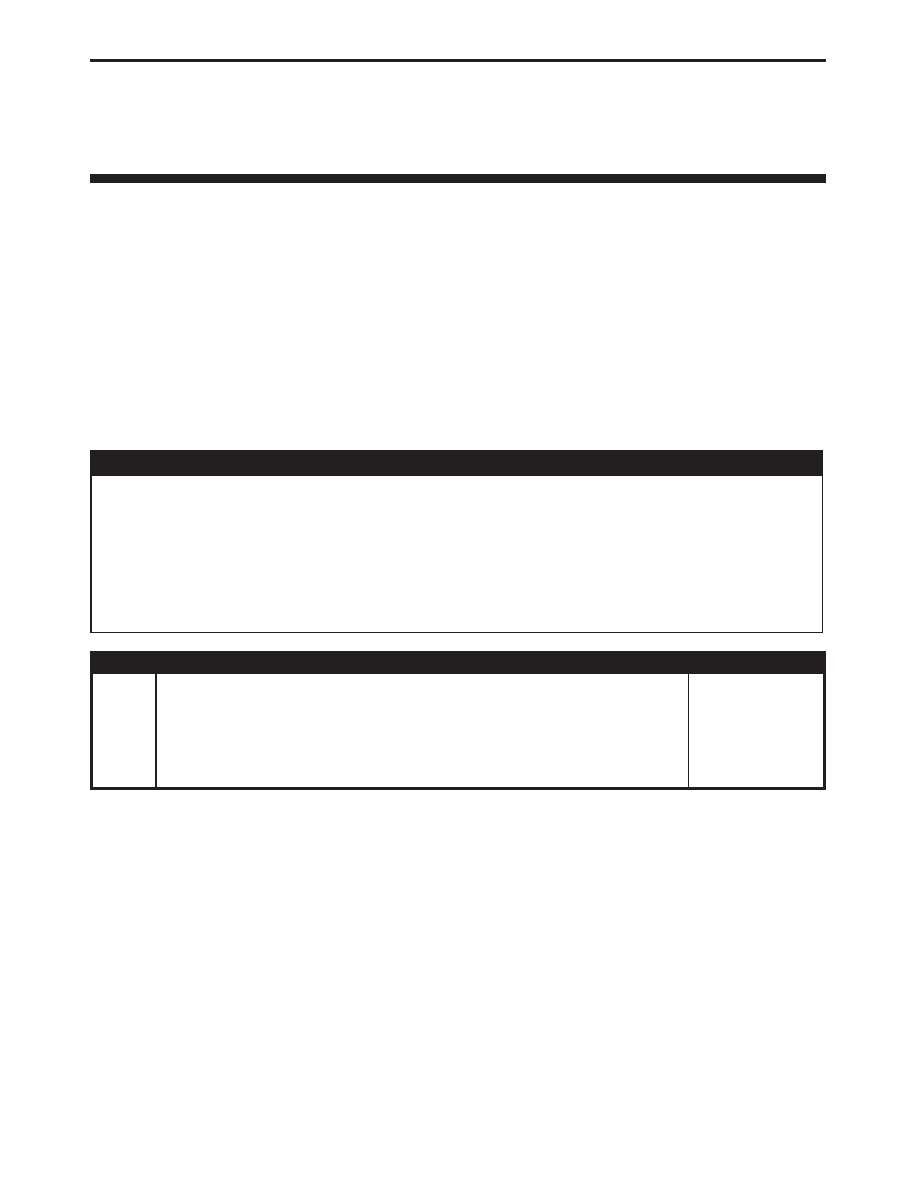Content .. 1000 1001 1002 1003 ..
Jeep Grand Cherokee WJ. Manual - part 1002

Symptom:
P1486-EVAP LEAK MONITOR PINCHED HOSE FOUND
When Monitored and Set Condition:
P1486-EVAP LEAK MONITOR PINCHED HOSE FOUND
When Monitored:
Immediately after a cold start, with battery/ambient temperature
between 40 deg. F and 90 deg. F and coolant temperature within 10 deg. F of battery/
ambient.
Set Condition:
LDP test must pass first. If the PCM suspects a pinched hose it will not set
a fault until it runs the evap purge flow monitor. If the purge monitor does not pass then
the pinched hose fault will be set.
POSSIBLE CAUSES
EVAP CANISTER OBSTRUCTED
LDP PRESSURE HOSE OBSTRUCTED
LEAK DETECTION PUMP
INTERMITTENT LDP MONITOR FAILURE
OBSTRUCTION IN EVAP SYSTEM BETWEEN EVAP CANISTER AND FUEL TANK
OBSTRUCTION IN HOSE/TUBE BETWEEN EVAP CANISTER AND PURGE SOLENOID
TEST
ACTION
APPLICABILITY
1
Turn the ignition on.
With the DRBIII
t, read DTC’s.
Is the DTC Good Trip Counter displayed and equal to zero for P1486?
All
Yes
→
No
→
225
DRIVEABILITY - GAS